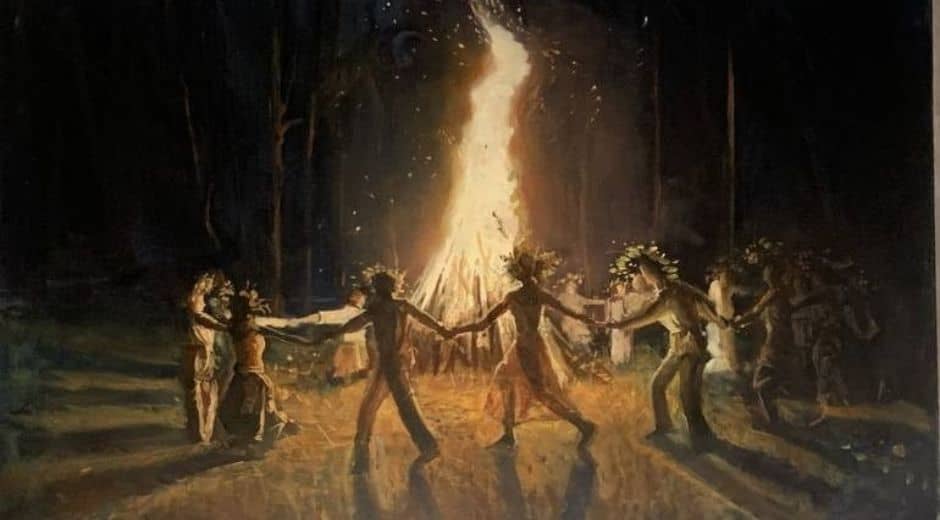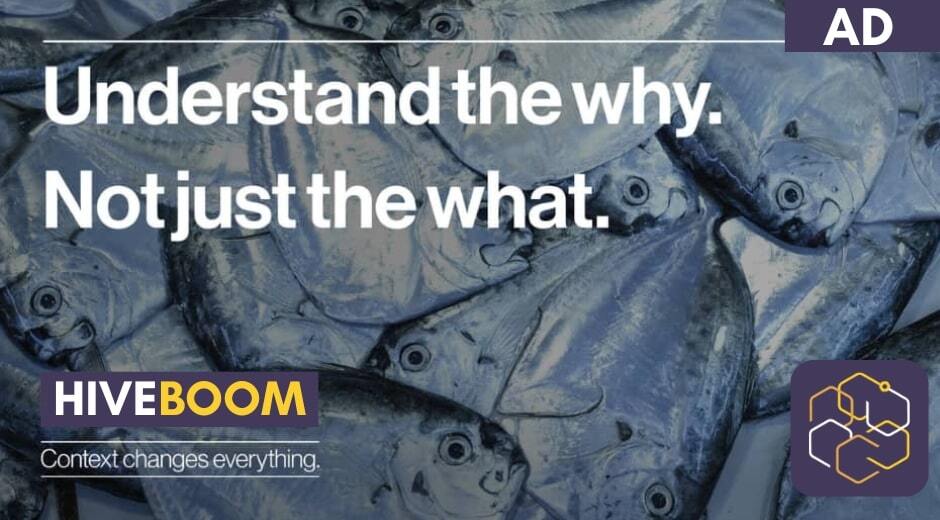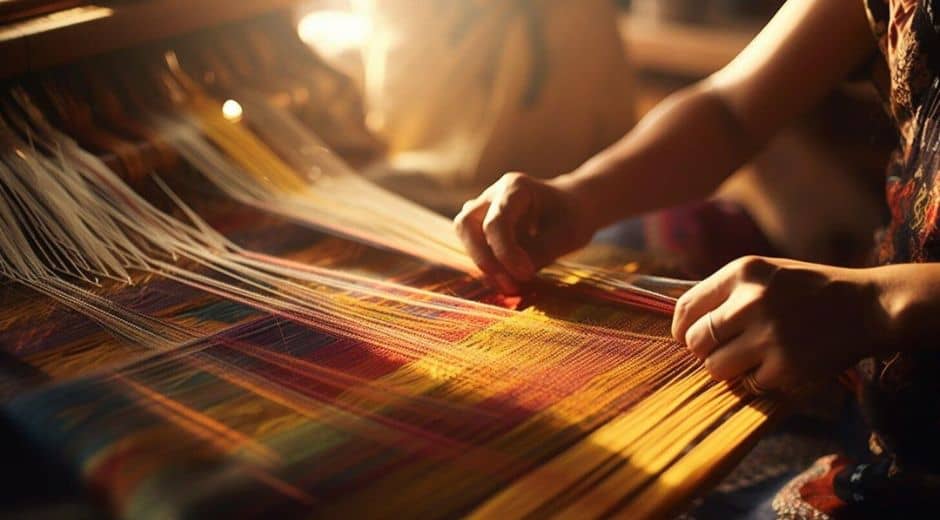Living Culture: Festivals, Rituals, and Everyday Inspiration
Living Culture: Festivals, Rituals, and Everyday Inspiration
Culture is not a static entity; it flows through communities, lives, and traditions, shaping the way we experience the world. Living Culture is found in vibrant festivals, sacred rituals, and even the routines of everyday life. It influences art, design, storytelling, and human connection, creating a tapestry of shared experience that continues to evolve over time. Understanding Living Culture allows us to appreciate how traditions inspire creativity and bring people together, bridging past and present in meaningful ways.
The Pulse of Festivals
Festivals are perhaps the most visible and celebratory expression of Living Culture. They embody history, mythology, and community values, often combining music, dance, costume, and food to create immersive experiences. From the colorful Holi festival in India to the lively Carnival in Brazil, these celebrations highlight how cultural traditions continue to inspire modern creativity.
The energy of festivals ignites artistic expression in countless forms. Local artists draw on festival motifs for visual art, musicians create compositions inspired by traditional rhythms, and designers reinterpret ceremonial attire in contemporary fashion. Platforms like FocusMindFlow explore how engaging with cultural events can enhance mindfulness, creativity, and personal inspiration, emphasizing the role of participation in Living Culture.
Rituals and Daily Practices
While festivals capture attention for their spectacle, rituals—both sacred and secular—offer a quieter but equally profound reflection of Living Culture. Morning routines, community gatherings, religious ceremonies, and seasonal observances all transmit values, knowledge, and identity.
These rituals often influence creative practices. Artists and designers incorporate patterns, colors, and symbolism drawn from local customs, transforming everyday cultural elements into aesthetic inspiration. Even simple practices, like the way tea is prepared or how stories are shared at mealtime, carry lessons in mindfulness, patience, and artistry, showing that Living Culture thrives in the rhythm of daily life.
Cultural Flow in Art and Design
The impact of Living Culture on art and design is undeniable. Traditional crafts—textiles, ceramics, and woodwork—blend heritage techniques with modern innovation. Contemporary artists draw on cultural narratives, translating oral traditions, folklore, and historical motifs into digital media, illustrations, or installations.
Cultural inspiration also informs urban design and architecture. Local festivals, colors, and patterns influence public murals, street art, and the aesthetic of communal spaces. This intersection of heritage and modern creativity demonstrates how Living Culture is not merely preserved—it is lived, experienced, and continuously reinterpreted.
Storytelling and Oral Traditions
Storytelling is a central pillar of Living Culture, linking generations and communities. Oral traditions—myths, legends, and family narratives—carry values, historical knowledge, and lessons that influence contemporary literature, theater, and visual media.
In a digital age, these stories are finding new forms. Podcasts, online comics, and interactive media reinterpret age-old tales while preserving their essence. Artists who engage with these traditions tap into the emotional depth of Living Culture, creating work that resonates universally. For families and educators, resources like CoolParentingTips highlight ways to integrate cultural storytelling into daily learning, connecting younger generations to heritage while fostering creativity.
The Role of Community
Community is the heartbeat of Living Culture. Shared experiences, collective memories, and social rituals reinforce cultural identity and provide fertile ground for creativity. Collaborative art projects, participatory festivals, and community workshops exemplify how cultural engagement encourages innovation.
By connecting with the community, artists gain insight into local narratives, values, and aesthetics. These interactions provide authentic inspiration, reminding creators that Living Culture is dynamic and participatory, not static or isolated. Observing and taking part in communal traditions offers lessons in empathy, expression, and the shared human experience.
Adapting Tradition in a Modern World
As societies evolve, so too does Living Culture. Traditions are adapted to contemporary contexts, blending old customs with new ideas. For instance, traditional dance forms may be integrated into modern performances, festival foods may inspire gourmet interpretations, and ceremonial attire may influence fashion trends.
This adaptation reflects the resilience of culture and its capacity to inspire creativity across disciplines. Digital illustration, multimedia art, and design projects often borrow motifs from traditional rituals, demonstrating that Living Culture is not confined to history but continues to evolve in dialogue with the present.
Everyday Inspiration
Beyond festivals and rituals, Living Culture offers inspiration in the ordinary moments of life. The colors of a market, the rhythm of communal work, or the design of local crafts can spark ideas for artists, writers, and designers. Paying attention to these subtle cultural cues cultivates a creative mindset, turning the everyday into art.
Engaging with daily life and cultural surroundings encourages mindfulness and observation, as highlighted by FocusMindFlow. By tuning into the quiet rhythms of community, creativity can flourish, proving that inspiration is not limited to grand events but exists within the flow of life itself.
Cultural Exchange and Global Influence
In a connected world, Living Culture is increasingly influenced by cross-cultural exchange. Artists travel, collaborate, and share ideas, blending motifs, techniques, and stories from diverse backgrounds. This flow of influence enriches creativity, fostering innovation while honoring heritage.
Whether through international art residencies, digital platforms, or intercultural festivals, these exchanges highlight how Living Culture is both rooted and dynamic, maintaining authenticity while embracing global dialogue.
Conclusion
Living Culture is a vibrant, evolving force that shapes creativity, identity, and community. From grand festivals to daily rituals, from local storytelling to global artistic exchanges, culture flows through every aspect of life, inspiring art, design, and human connection.
By observing, participating in, and respecting these traditions, artists and audiences alike can tap into a wellspring of creativity. Platforms like MuseaTime provide inspiration and insights into cultural narratives, while FocusMindFlow and CoolParentingTips offer resources to enhance mindfulness, creativity, and engagement with the world around us. Ultimately, Living Culture reminds us that art, heritage, and everyday life are intertwined, flowing together to create meaning, connection, and inspiration.
Inspiration Expression Eternity
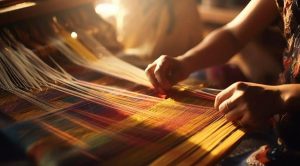
Handmade Heritage: Craftsmanship in a Modern World
Explore the enduring art of Handmade craftsmanship, where traditional techniques meet modern design, preserving heritage while inspiring creativity.
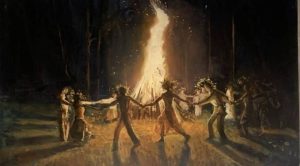
Living Culture: Festivals, Rituals, and Everyday Inspiration
Discover how Living Culture shapes creativity and community, from vibrant festivals to everyday rituals that inspire art, design, and storytelling.
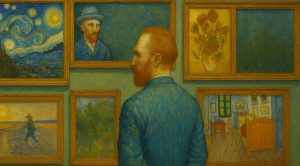
The Life and Journey of Vincent van Gogh
Explore The Life of Vincent van Gogh, uncovering the personal struggles, inspirations, and creative journey behind one of history’s most iconic artists.
